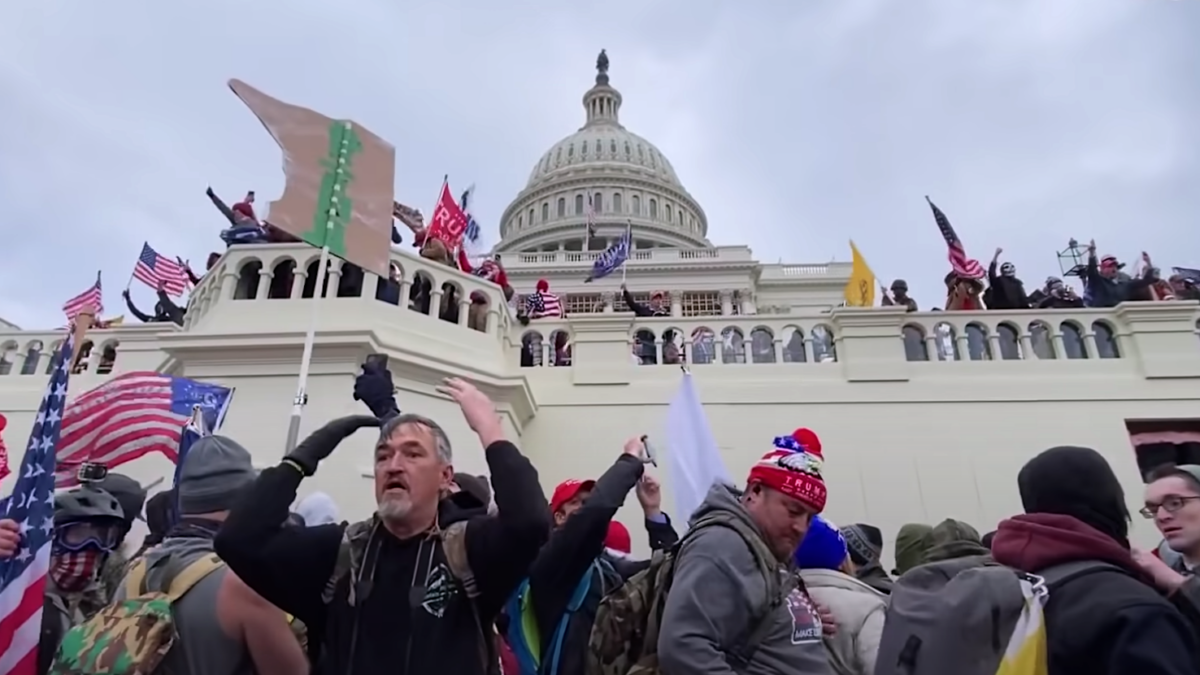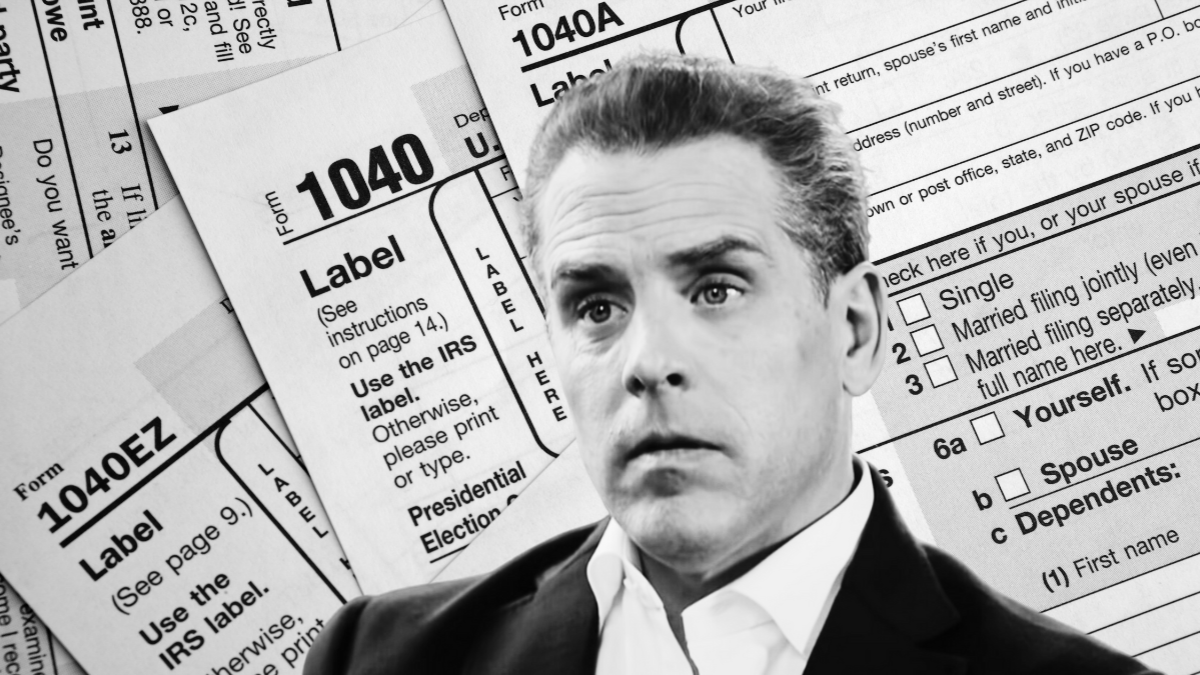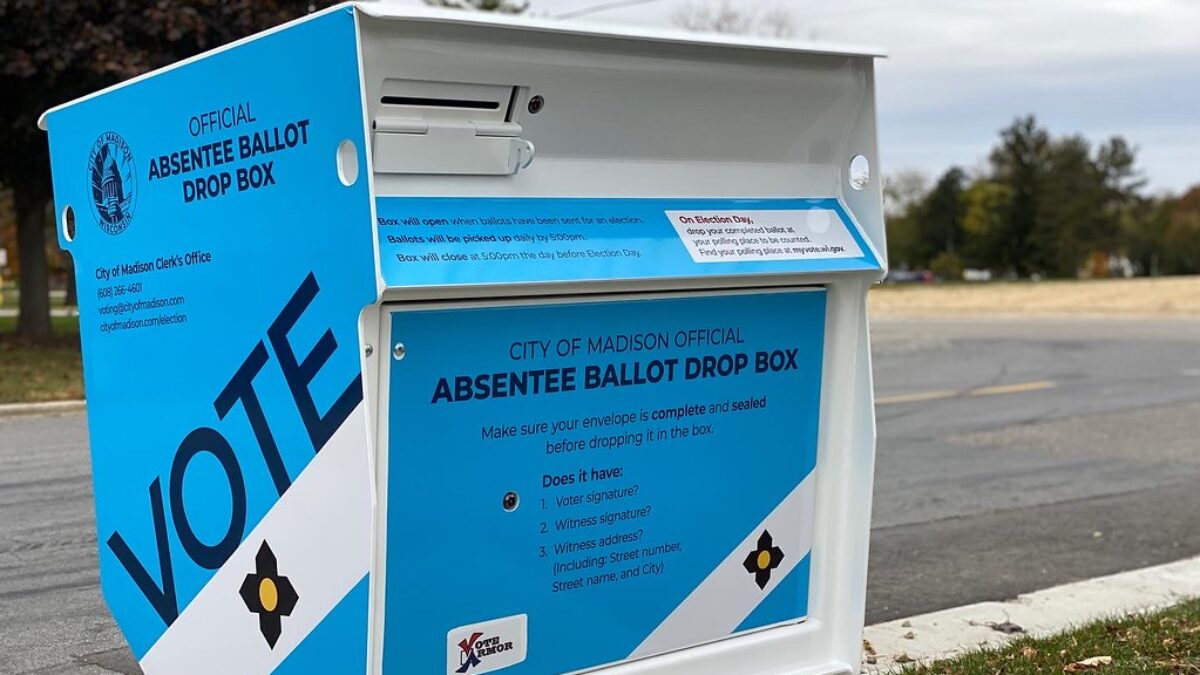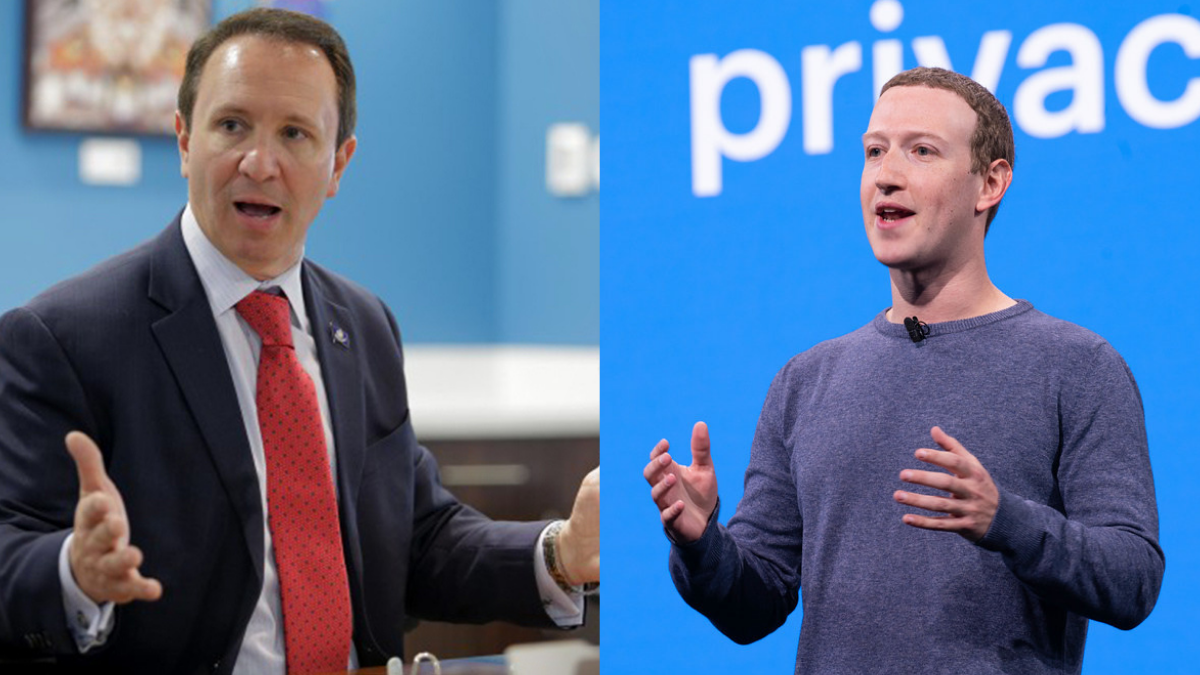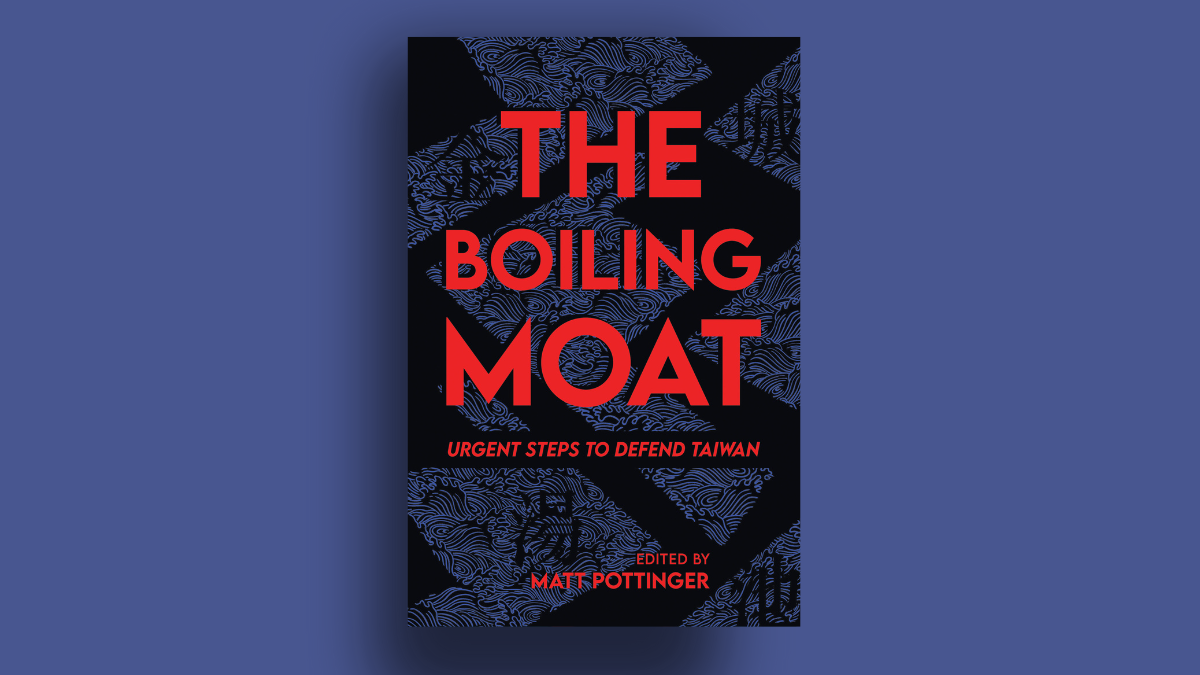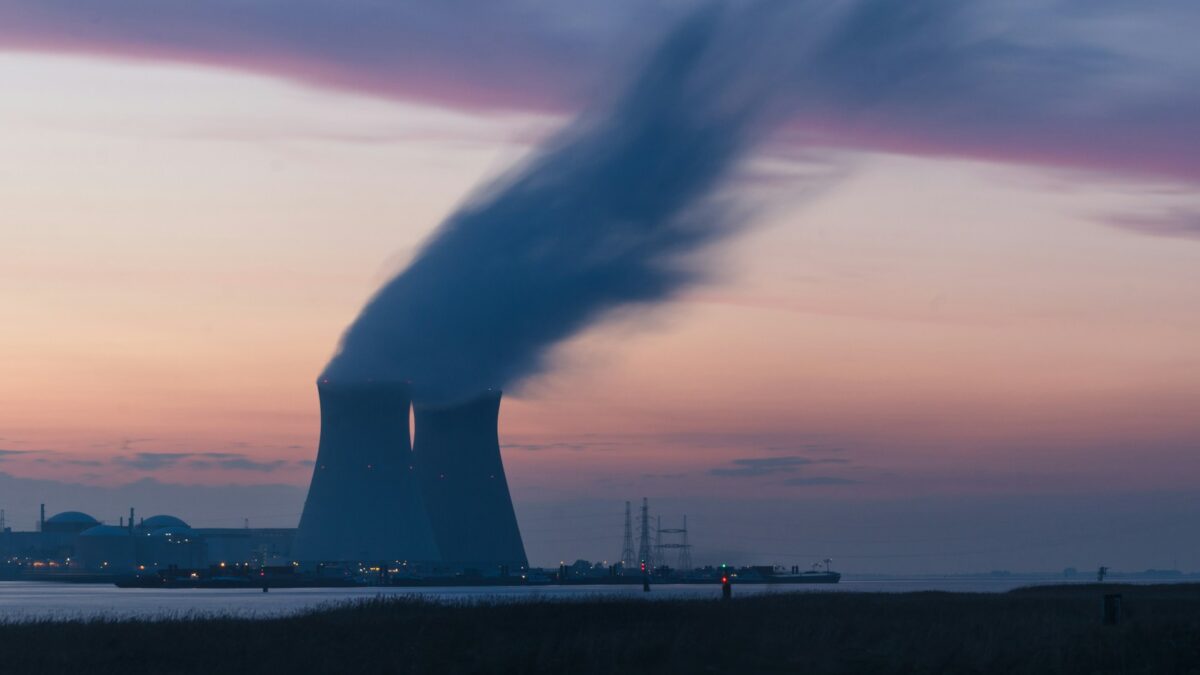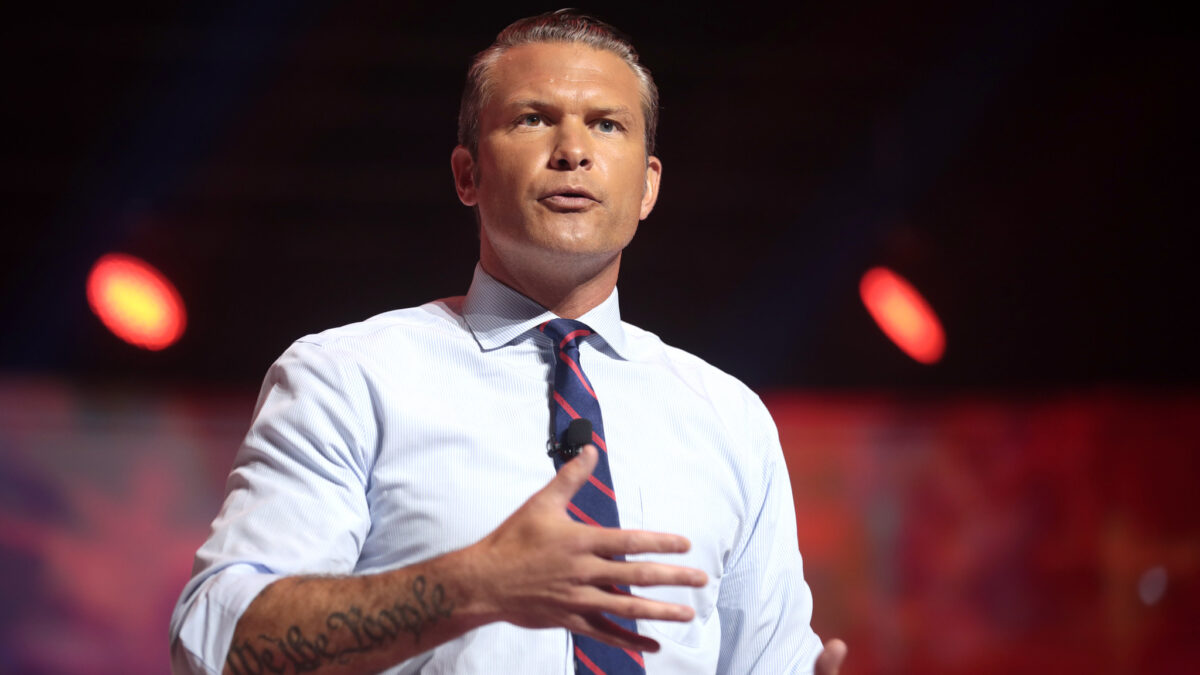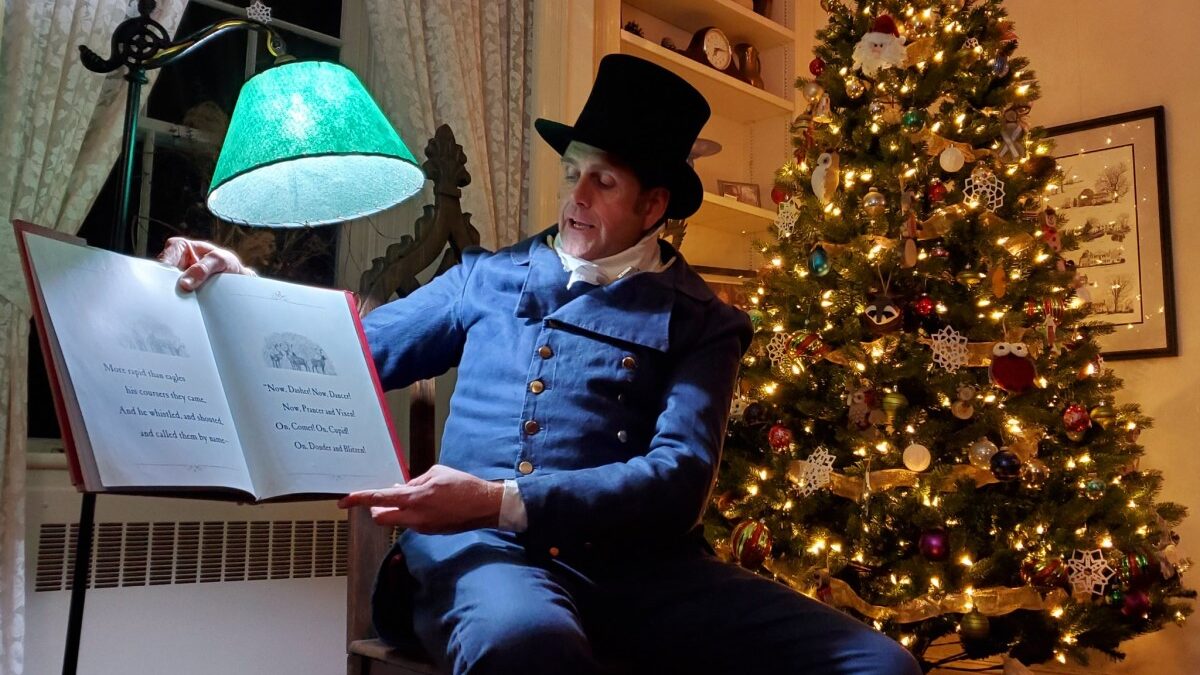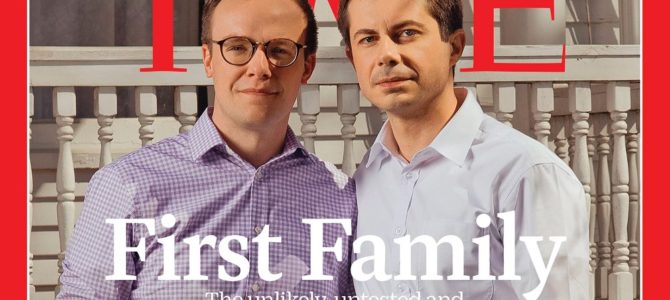
Gay representation has certainly come a long way from Patrick Stewart and Steven Weber in the classic 1995 gay film, “Jeffrey.” That same year, Patrick Swayze, John Leguizamo, and Wesley Snipes shocked audiences with their hilarious and stunningly relatable performances as urban drag queens taking a long road trip across middle America in “To Wong Foo, Thanks for Everything, Julie Newmar.”
And of course, who could forget Robin William’s heartfelt comedy performance in “The Birdcage”the following year? These movies were promises of societal acceptance as big-name, straight actors played proud gay characters for straight audiences who laughed, cheered, and empathized with them.
As acceptance and normalcy have rained out the gay pride parade and “coming out” no longer requires a party or the prospect of never speaking to one’s parents again, the appreciation for sharing LGBT culture has significantly dwindled. Where we once tearfully cheered on our straight allies, today we see LGBT writers and actors smugly lecturing them on the appropriate distance to keep between themselves and sacred artifacts of LGBT culture and identity.
If a straight actor plays a gay role today, the movie is likely to be boycotted by LGBT activists. If a gay actor plays a transgender role, the same can happen. Although we were once thrilled by mainstream representation, we now find LGBT people complaining that even the first openly gay candidate running for president just isn’t queer or diverse enough.
‘Heterosexuality Without Women’
In an essay featured in the Los Angeles Review of Books, writer Greta LaFleur provided the perfect illustration of where leftist identity evolution has brought the movement. The essay is titled, “Heterosexuality Without Women.” Analyzing the portrait of Democratic presidential hopeful Pete Buttigieg and his husband standing in front of their home on the cover of Time, LaFleur laments, “This photo also tells a profound story about whiteness, above and beyond the fact that almost everything in this photo is, itself, white.”
While lingering on in the deeply confusing world of race-obsessed power theories so popular on the intersectional left—and struggling to precisely explain why she feels such an overwhelming discomfort with the Time magazine image—she finally comes to the conclusion, “The argument I am making, of course, is that this photo is about a lot of things, but one of its defining features is its heterosexuality. It’s offering us the promise that our first gay first family might actually be a straight one.” She even goes so far as to point out that the word “family” in the title of the headline is in bold, white letters.
The second aspect of her discomfort is represented by the idea that the “First Family” is appealing to the LGBT community in contrast to the reality that 1980s and ’90s conservatism was so greatly focused on protecting the family from gay culture. She writes, “The tulips; the Chinos; the notably charming but insistently generic porch; the awkwardly minimal touching that invokes the most uncomfortable, unfamiliar, culturally-heterosexual embrace any of us have ever received—offers a vision of heterosexuality without straight people.” Somehow a happily married gay couple is just a bit too comfortable for her.
The Daily Beast also noted this mindset is growing within the queer female community, beginning a recent piece with the premature conclusion, “But for some queer women, the primary star is just another white man running for president.” Ara Wilson, a professor at Duke University, bluntly told The Beast that her priority in electing the president did not include a young, white, gay man. She argued, “Simply put, living as a queer woman, a queer woman of color, or even a queer man of color, is markedly different than living as an educated, cisgender, well-dressed, white gay man.”
In a long tweet thread analyzing the situation, Steven W. Thrasher, a doctorate candidate at New York University, lamented that the word “gay” represents cisgender white homosexual men, while “queer” means everyone else. He began his argument, “Prediction regarding Peter Buttigieg: this candidacy will expose the major faultiness between white gay men and the rest of the LGBTQ community.”
Not Enough Intersectionality for Queer People?
His main contention revolves around his perception that only white gay men seem excited for Buttigieg, while the remaining members of the LGBT community show little support—many are even hostile to what he represents. There is a strong dislike for his race, his Christianity, his military service, and the fact that he is in a monogamous marriage, all things the writer associates with a “white, gay man.”
Despite Buttigieg acknowledging his lack of intersectional qualifications by saying, “I have no idea what it is like personally, what it is like to be a transgender woman of color, but I know that I need to stand up for her, just as others have stood up for me,” it seems inadequate to quell the criticism. Another queer lesbian woman remarked, “I do like that he’s an openly gay man running for president. But at the same time, I’m a black queer woman and sometimes it just gets a bit discouraging that the first person to open the way always has to be white.”
Christina Cauterucci, a writer at Slate, contends that because Buttigieg looks straight, is well-dressed, well-spoken, and has no overt flamboyance, he is unable to empathize with the hurdles other LGBT community members have to face. Jacob Bacharach of The Outline went a step further and demanded that Buttigieg is actually bad for the LGBT community.
Complaining, once again, that Buttigieg is white, educated, and boring, his main argument posits Buttigieg is far too conservative to adequately represent LGBT Americans. Aside from the common list of minority statuses Buttigieg lacks, Bacharach recoils at the idea of what Buttigieg and his husband portray to America—a clean, sexually monogamous, polite, financially secure, heteronormative stereotype. He seems uneasy that Buttigieg is not actively on the gay hook-up app Grindr, which he finds suspicious and offputting.
The Narrow Confines of Identity Politics
Long past are the days of “We are just like everyone else” and “We just want to be treated equally!” Today, it seems, the only thing that matters is what makes you different from everyone else. Unfortunately, identity politics defines this exclusively through skin color, gender identity, and class. Where the rainbow flag once represented the endless diversity of personal expression, with the explicit understanding that everyone in society is welcome, today it seems every individual is assigned a stripe and must never venture too far outside of its restrictions.
It is profoundly odd to me that, as a gay teenager in the late ’90s, my ideal social dream was exactly what Buttigieg represents to America today. But it seems it took us too long to grow up and the next generation has a new dream of their own, of which they do not seem as sure as we were. But they are very adamant about what they do not want.
What is progressive today will be unacceptably conservative tomorrow. Intersectional identity politics moves faster than society can keep up with. It is remarkably sad that we live in a time when a genuinely accomplished young politician can run for president and be popular based on his character, experience, and policy positions, while also being a gay married man. The left is too obsessed with his superficial characteristics to appreciate how wonderful this truly is.
We have become so normal as to be boring to young activists eager to wave their fists in the air for some revolutionary idea or another. And the end result of the long fight for gay rights and normalcy in America is the potential of the first openly gay married president in American history being dismissed for not being diverse enough for the current LGBT set.


